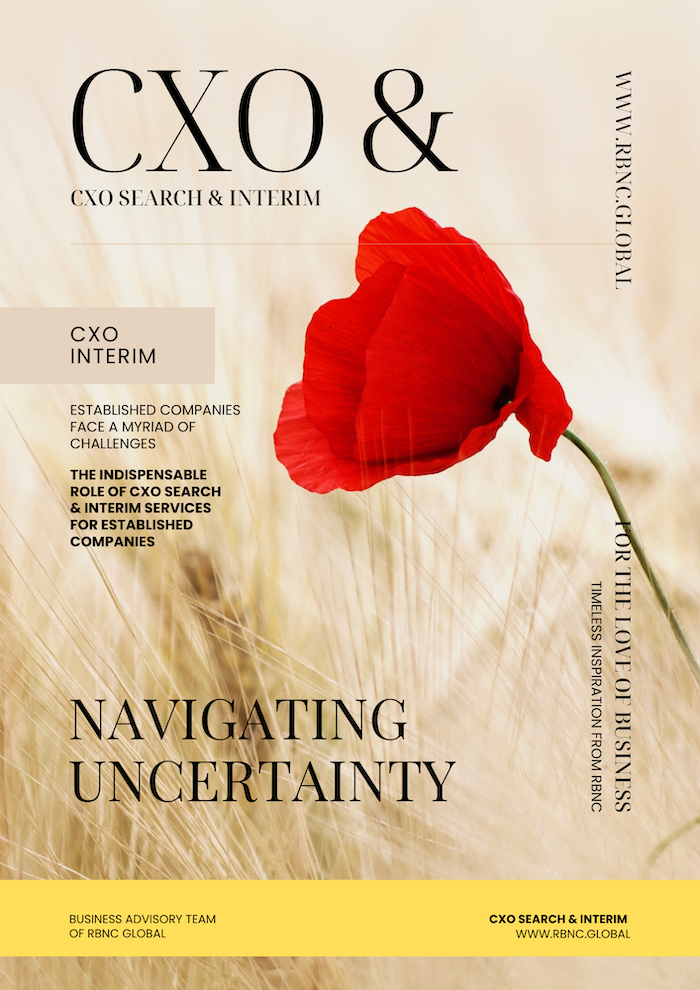Cross-Cultural Communication From Local to Regional and Global
Our world is closer than ever before. With increasing globalization, the ability to communicate effectively across cultures has become a superpower. This article explores how communication changes as we move from local interactions to regional and global scales.
KEY POINTS:
- Understanding Culture: Effective cross-cultural communication requires recognizing cultural norms and values, fostering mutual respect and understanding to bridge cultural divides.
- Local to Global Dynamics: Communication complexities increase from local to regional to global interactions, each requiring sensitivity to unique and shared cultural aspects, such as within multicultural cities or organizations like ASEAN and the EU.
- Strategies for Success: Key strategies include cultural awareness, active listening, open-mindedness, adaptability, and lifelong learning to navigate and thrive in a globally interconnected world.
The Building Blocks: Understanding Culture
Cross-cultural communication is all about recognizing how people from different backgrounds communicate. It involves understanding their cultural norms, and values, and how these elements influence their interactions. At its heart, it's about mutual respect and understanding, building bridges across cultural divides.
Communication in Your Backyard: Local Interactions
At the local level, this might involve navigating a multicultural city like New York. Here, you'll encounter a vibrant mix of cultures daily. Effective communication means being aware of these differences and being open to learning from others. This could be understanding different greetings, body language, or social norms. For example, direct eye contact can be a sign of respect in some cultures, while in others, it might be seen as rude.
Moving Up: Regional Communication
- As we zoom out, communication gets more complex. Regional interactions involve people from various cultures within a larger area. Southeast Asia, with its rich tapestry of countries, is a great example. While Indonesia, Malaysia, and Thailand all have unique cultures, they share historical and social ties. Understanding these individualities and regional commonalities is key. This is especially true for organizations like ASEAN, where collaboration hinges on effective communication across cultures.
- The European Union faces a similar challenge. With 27 member states, each with its own language and traditions, the EU has implemented measures to bridge these gaps. This includes translation services, intercultural training, and programs that promote cultural exchange.
Going Global: Communication on a World Stage
- Global communication involves interacting with people and organizations worldwide. This is especially important in our globalized world, where international business, travel, and digital communication are the norm. But navigating this vast cultural landscape comes with its own set of challenges.
- For multinational companies, understanding and respecting cultural differences is crucial for success. This could involve adapting marketing campaigns to local preferences, negotiating deals with cultural sensitivities in mind, or managing diverse teams effectively.
- The rise of digital communication has also transformed how we interact globally. Social media, video conferencing, and instant messaging connect us like never before. However, these platforms also present new challenges, like managing time zone differences and interpreting communication cues in a digital space.
The Keys to Effective Communication Across Cultures
No matter the scale, some key strategies can improve cross-cultural communication:
- Cultural Awareness and Sensitivity: Understanding and respecting different cultures is the foundation for effective communication.
- Active Listening: Paying close attention to what others are saying, both verbally and nonverbally, can help avoid misunderstandings and build rapport.
- Open-Mindedness: Being receptive to different perspectives and willing to learn from others fosters a more inclusive and respectful environment.
- Adaptability: Being flexible and adjusting your communication style to different cultural contexts can enhance understanding and cooperation.
- Lifelong Learning: Cross-cultural communication is a continuous journey. By constantly learning and seeking opportunities for cultural exchange, you can become a more effective communicator.
The Final Word: Communication for a Connected World
Cross-cultural communication is a dynamic field that allows us to navigate our interconnected world. From local interactions to global partnerships, understanding and respecting cultural differences is the key to effective communication and collaboration. By embracing diversity and developing these communication skills, individuals and organizations can thrive in our globalized world.









